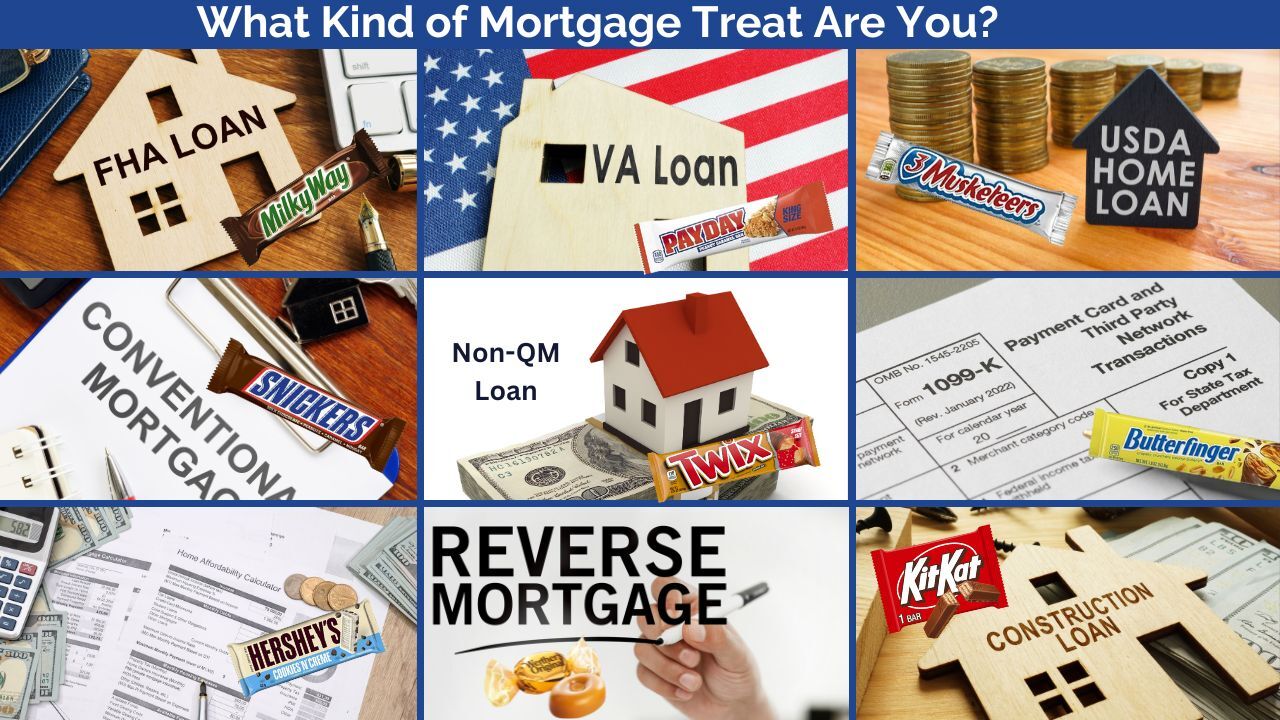
The PCE Index release—the Federal Reserve’s preferred inflation indicator—has shown favorable results. However, the overwhelming sentiment remains one of uncertainty due to the ongoing trade wars. With these conflicts still in full swing, inflation is expected to rise in the near future at a faster-than-anticipated pace. Following the recent trade truce with China, consumer sentiment has improved, though the long-term impact remains uncertain. As expected, consumer spending has declined noticeably, as the tariffs have led to short-term price increases.
PCE Index
The cost of living barely rose in April — and the rate of inflation slowed even closer to prepandemic levels — but it’s unclear whether the recent progress can be sustained as the trade wars drag on. The back-to-back monthly inflation readings were the softest since the pandemic in 2020. The 12-month rate of inflation, meanwhile, slowed to 2.1% from 2.3% and also matched the lowest level since the pandemic.
Consumer Sentiment
A survey of consumer sentiment improved in late May on some signs that the tariff war with China might not be as damaging for the economy as feared. The second of two readings of the consumer sentiment survey rose to 52.2 from 50.8 in early May, the University of Michigan said Friday. That matches the sentiment level in April.
Consumer Spending
Americans became more cautious spenders in April after the Trump administration jacked up U.S. tariffs and the stock market plunged. Now the big question is what they will do next as the trade wars die down. Personal spending rose a modest 0.2% last month, the government said Friday, matching the forecast of economists polled by The Wall Street Journal.
Primary Mortgage Market Survey Index
• 15-Yr FRM rates saw an increase of 0.02% for this week, with the current rate at 6.03%
• 30-Yr FRM rates saw an increase of 0.03% for this week, with the current rate at 6.89%
MND Rate Index
• 30-Yr FHA rates saw a decrease of -0.08% for this week. Current rates at 6.45%
• 30-Yr VA rates saw a decrease of -0.07% for this week. Current rates at 6.47%
Jobless Claims
Initial Claims were reported to be 240,000 compared to the expected claims of 230,000. The prior week landed at 223,000.
What’s Ahead
A strong release week is upcoming with expected manufacturing reports from ISM, S&P Global Manufacturing to denote where producers stand. Following that is the Beige Book and Non-farm Payrolls. This will help indicate the direction of inflation and response to the tariff policies.
 When buying a home, it’s easy to focus on the down payment and mortgage rate, but don’t overlook property taxes. They can significantly affect your monthly payment and long-term budget and understanding how they’re calculated is key to making smart homebuying decisions.
When buying a home, it’s easy to focus on the down payment and mortgage rate, but don’t overlook property taxes. They can significantly affect your monthly payment and long-term budget and understanding how they’re calculated is key to making smart homebuying decisions. Let’s face it, picking the right mortgage can feel overwhelming. But what if we made it more fun? Think of home loans like candy bars: each one has a distinct flavor, a specific audience, and its own perfect time and place. Whether you’re buying your first home, building your dream house, or tapping into retirement equity, there’s a mortgage match made just for you.
Let’s face it, picking the right mortgage can feel overwhelming. But what if we made it more fun? Think of home loans like candy bars: each one has a distinct flavor, a specific audience, and its own perfect time and place. Whether you’re buying your first home, building your dream house, or tapping into retirement equity, there’s a mortgage match made just for you.